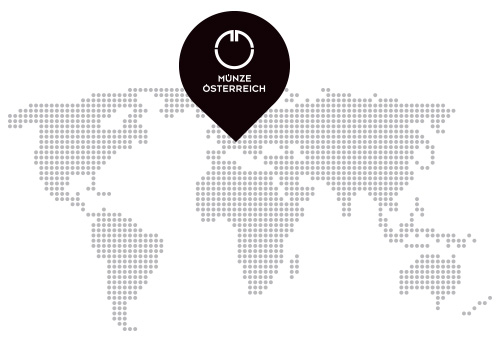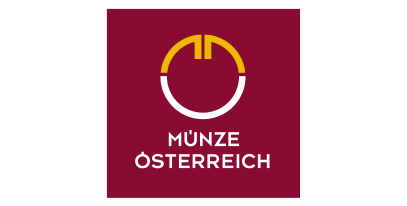Austrian Mint Scottsdale Mint | mint | www.metalmarket.eu
Austrian Mint
History of creation
The foundation for today's Austrian Mint (Austrian Mint) was laid by Richard the Lionheart himself, who paid as much as 12 tons of silver to Austrian Prince Leopold V for his freedom. The prince decided to turn his loot into coins, with which he contributed to the beginning of Austria's minting history, which is now more than 800 years old.
In historical accounts, the first mention of the existence of a Viennese mint appeared ca. 200 years later. Initially it was located near Hoher Markt, to move over time to Wollzeile, then to Prince Eugene's winter palace in Himmelpfortgasse, and finally, in the first half of the 19th century, to settle on Heumarkt, in the center of Vienna, where it still operates today.

Under its current name - Münze Österreich AG (Austrian Mint) has been operating since 1989, in which it was also recognized as a subsidiary of the Austrian National Bank.

Over the years, several competing mints were established in Austria, located, for example, in cities such as Graz, Krems, Salzburg, Innsbruck and Villach, but with the establishment of the Republic of Austria in 1918, their operations were terminated. The Vienna mint then became the main and only mint in the country and maintains this position to this day.

Curiosity
Austrian Mint boasts the title of one of the oldest mints in the world. Its history of more than 825 years perfectly illustrates how approaches and methods of minting coins have changed over time.
In the early stages of development, coins were struck with a special hammer. This method was used until the 16th century, when the hammer began to be replaced by more and more advanced tools - the roller, rocker or screw press. This allowed to significantly increase the scale of production and at the same time significantly improve the quality of the coins produced. The solutions used at that time laid the groundwork for the methods and tools used today, which are based on the same assumptions, but offer incomparably higher efficiency - allowing the minting of up to 750 coins per minute!
A significant moment in the history of Austrian Mint's development was undoubtedly the establishment of an engraving academy in 1733.
It was engaged not only in the training of successive generations of craftsmen, but also in the production of the most prestigious and timeless coins, which, as miniature works of art, delighted with precision workmanship and the highest quality.
Production volume
Owned by the Austrian National Bank - Austria Mint boasts a state-of-the-art machinery park that provides it with a huge production capacity. With a workforce of less than 200, the mint beats the approx. 350 million coins.
Much of the credit for this goes to the most iconic coin in the mint's range - the Vienna Philharmonic. In 2020, the mint minted nearly 1.5 million pieces of gold coin, more than 7 million silver coin and about. 50 thousand platinum. Such a large scale of production confirms the huge market interest in the Viennese Philharmonic and reinforces the belief that an investment in just this coin allows you to forget about the problem of liquidity of such an investment.



Popular products
Austrian Mint's wide and extremely diverse range is full of real gems and coins that any investor or collector would like to include in their collection, but invariably for years the true bestseller has remained the Vienna Philharmonic. It is an investment coin that ranks among the six most popular gold coins in the world. An investment certainty that guarantees the highest quality workmanship, purity of bullion and high liquidity, all things that investors care about. It is also worth mentioning that the coin is extremely thin (2 mm), which significantly affects the level of security - almost any attempt to counterfeit it ends in failure. The obverse of the coin is decorated with the legendary organ of the Vienna Philharmonic Orchestra, and the reverse with eight iconic instruments of the Vienna Orchestra: .
four pairs of violins, cello, horn, harp and bassoon
The Austrian ducat also boasts huge popularity. Gold ducats were minted from the early 16th century until 1915, when wartime disturbances led to a halt in production. Among other reasons, all ducats minted today refer to this date. The obverse of the coin is decorated with an image of Franz Joseph I, while the reverse is decorated with the Habsburg coat of arms and the aforementioned date 1915.
